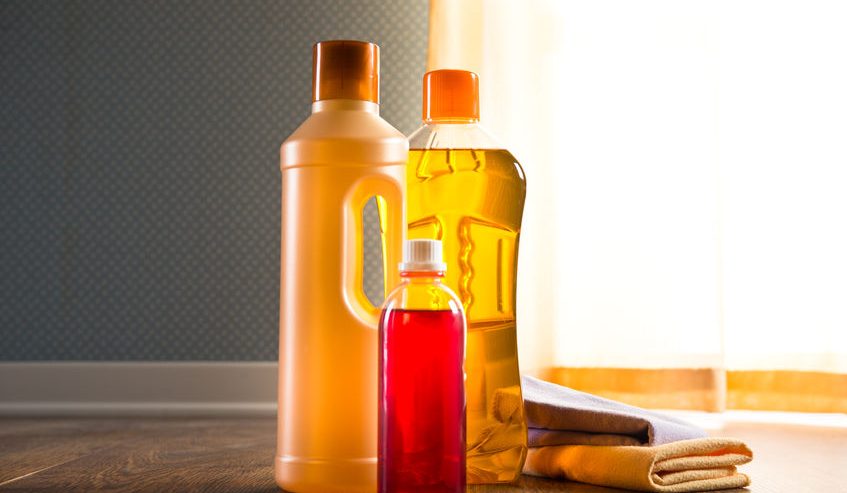DIY Tips: How to Refinish Hardwood Floors
Fads are a funny thing. They come and go like the tide and are as predictable as the lottery. Years ago, one popular fad was to cover up beautiful hardwood floors with vinyl or carpet in order for a more “modern” look. Along the way, someone realized we were destroying beautiful pieces of history, and the fad went to tearing up rugs in favor of hardwood once again. Along with this fad, another was born—DIY.
Do-it-yourself, or “DIY” as it’s better-known, has taken the world by storm. Thanks to the internet, every man, woman, and child has the power to be a contractor, however, some things are best left to professionals, like those found on ServiceWhale.
Refinishing hardwood floors is no easy task however, if you really must do it, here are some tips to help you along the way.
Before You Start
Before you begin to refinish hardwood floors in your home, it’s essential to follow a few critical steps. For one, reconsider taking on the project yourself. If you think you’ll be saving time and money DIY, it’s unlikely. Just imagine all the weekend and nightly hours you will have to pour into the project when you’re off work. If that still does not deter you, then let’s proceed.
For one, make sure you check the gaps between the floor planks. If they’re widening, and you can spot nails holding the floor down, don’t bother refinishing the floor. Additionally, if you have one of the newer hardwood floors types that are less than half an inch thick, with laminate on top, these floors can not be sanded or refinished. In fact, you’ll wear away the entire floor.
Lastly, find out what kind of wood makes up your floor. Some types are easier to refinish than others. Now that we have that covered, you’re ready to get your hands dirty.
as you know...
Materials for Refinishing Hardwood Floors
Those home makeover shows may make it look easy, but refinishing hardwood floors is far more complex than just ripping up a carpet and giving it a nice sand down. Since you’re determined for the full DIY-experience, here are only some of the necessary materials needed for the job:
• Basic and high-quality tools
• Edge and power floor sanders
• Power floor buffer
• Stain applicator
• Polyurethane floor sealant
These are just the bare necessities, and the list even goes on from there. Additionally, be wary of vinyl flooring that contains asbestos. You will need to do your research to ensure your flooring will be safe for your family.
Key Tips for the Job
Now that you’ve got the materials, and you’re neck-deep in motivation, here are a few key things to remember while going about the process. If an adhesive was used on the previous floor, make sure to spread adhesive remover over it and scrape it up. This will save you a great deal of time.
For safety, make sure you get proper ventilation going. Will all the sanding and removing of debris, a good box fan will help draw fresh air into the room. For those that have never used a sander before, a little practice never hurts. Try it out first a large piece of plywood until you’re good at using the sander. An inexperienced sander can make for a ruined hardwood floor in seconds.
When it comes to the big finish, decide whether you want to use an oil based or water based sealant. It’s usually just a matter of preference, but it never hurts to check with a ServiceWhale professional just in case. Alternatively, you could skip the headache entirely and use ServiceWhale to find a contractor for the job. These experts can refinish the existing floor in your home beautifully and to perfection, all at a budget that best suits you!





Comments
Comments are disabled for this post